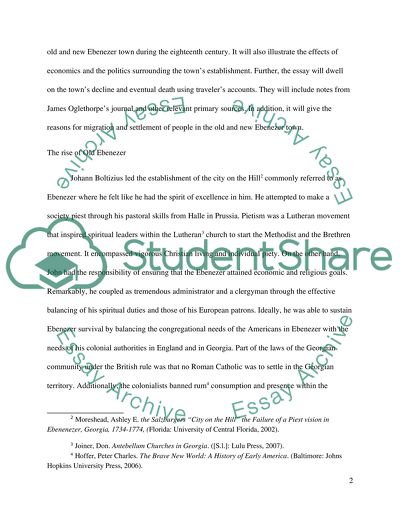Cite this document
(“The establishment of the colonial town of Old/New Ebenezer in Georgia Research Paper”, n.d.)
The establishment of the colonial town of Old/New Ebenezer in Georgia Research Paper. Retrieved from https://studentshare.org/history/1402264-the-establishment-of-the-colonial-town-of-old-new
The establishment of the colonial town of Old/New Ebenezer in Georgia Research Paper. Retrieved from https://studentshare.org/history/1402264-the-establishment-of-the-colonial-town-of-old-new
(The Establishment of the Colonial Town of Old/New Ebenezer in Georgia Research Paper)
The Establishment of the Colonial Town of Old/New Ebenezer in Georgia Research Paper. https://studentshare.org/history/1402264-the-establishment-of-the-colonial-town-of-old-new.
The Establishment of the Colonial Town of Old/New Ebenezer in Georgia Research Paper. https://studentshare.org/history/1402264-the-establishment-of-the-colonial-town-of-old-new.
“The Establishment of the Colonial Town of Old/New Ebenezer in Georgia Research Paper”, n.d. https://studentshare.org/history/1402264-the-establishment-of-the-colonial-town-of-old-new.


